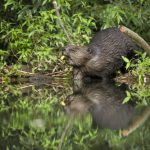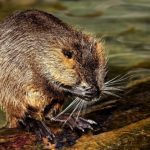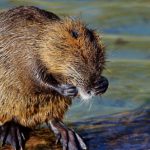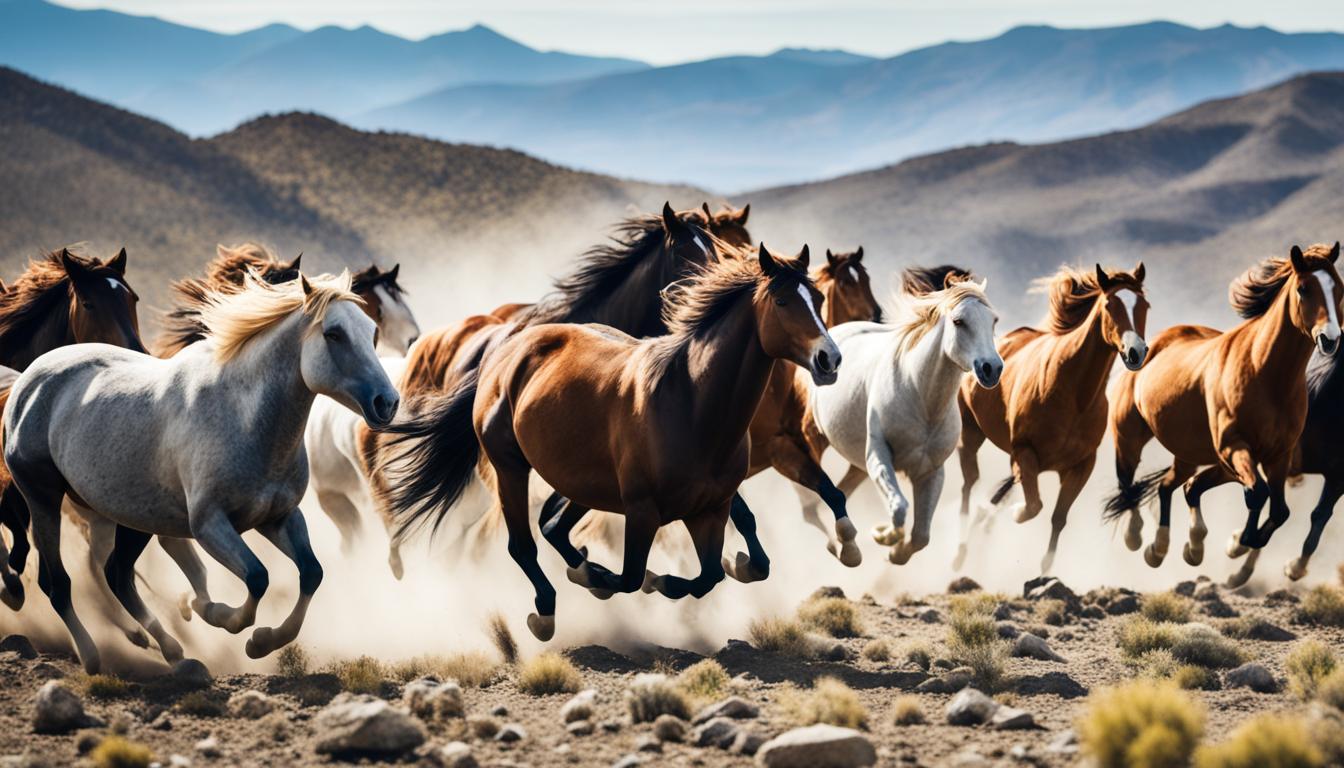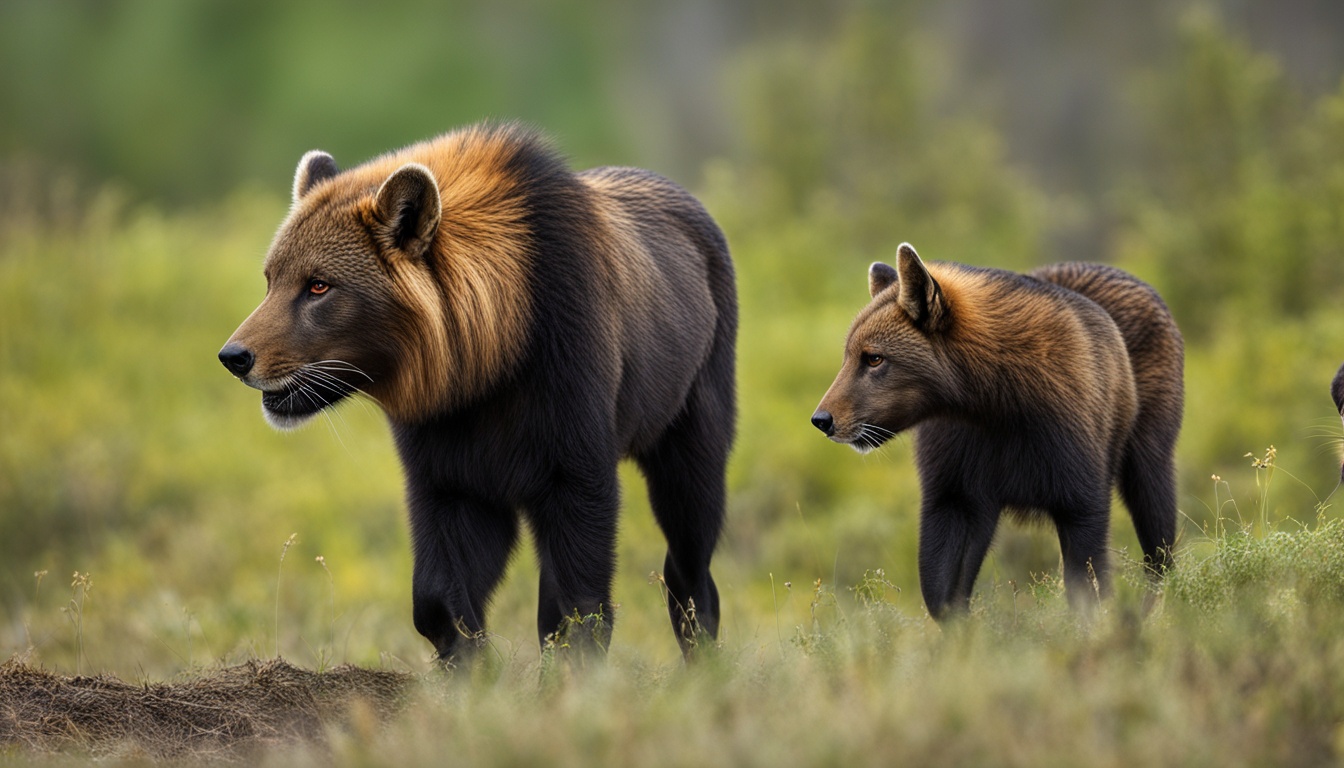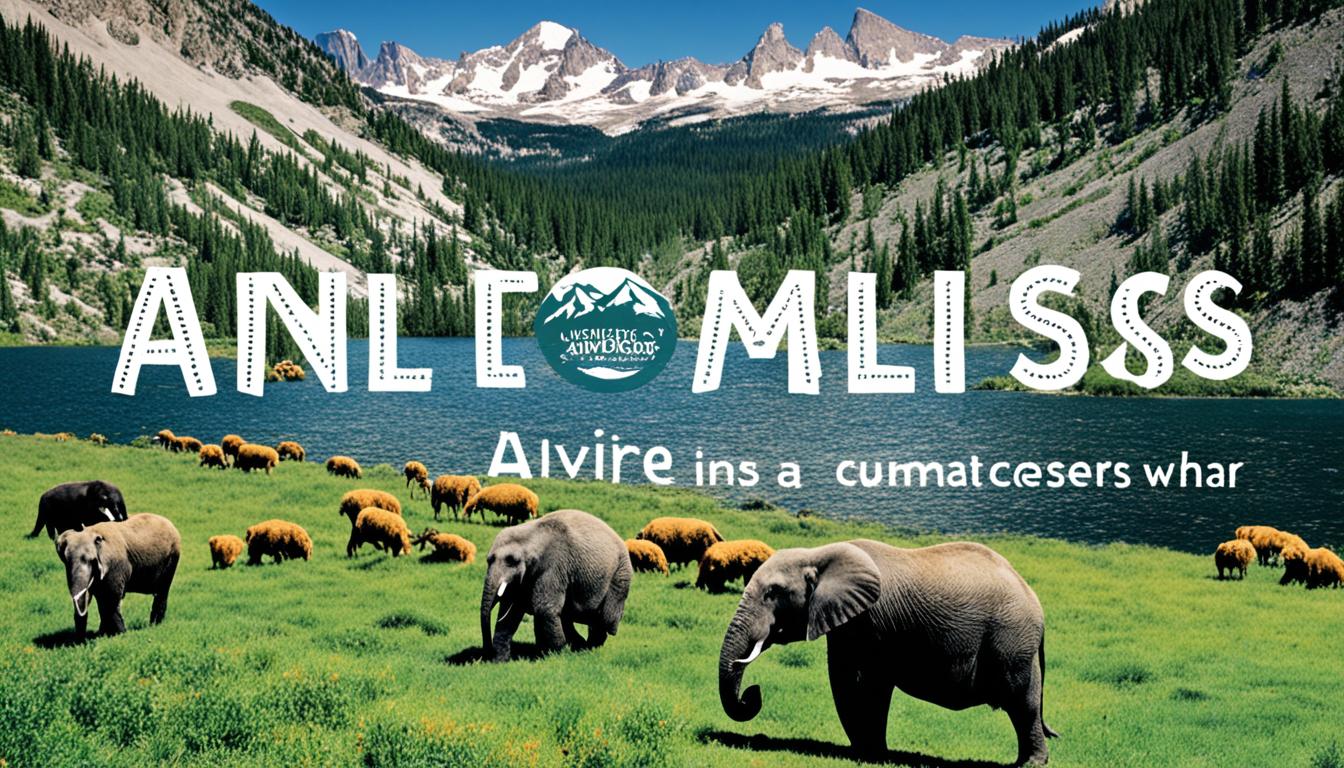No! Due to the fact that they have such heavy bottoms, beavers do not climb trees. If you happen to come across an animal that resembles a beaver and is found in a tree, it is almost certainly a groundhog, also known as a woodchuck. The only exception to this rule is a tree that is leaning at an extreme angle.
That being said this video says it’s a beaver but from what I can see I cant confirm nor deny that it’s a beaver, but it doesn’t look like an animal that is used to climbing trees that is for sure.
How do beavers climb?
The beaver is a type of rodent, and rodents, in general, are excellent climbers. Rodents such as mice and groundhogs are experts at scaling vertical obstacles such as walls, trees, and fences. On the other hand, Beavers are an entirely different type of organism. Beavers are able to do many different things, but climbing and jumping are not two of those things.
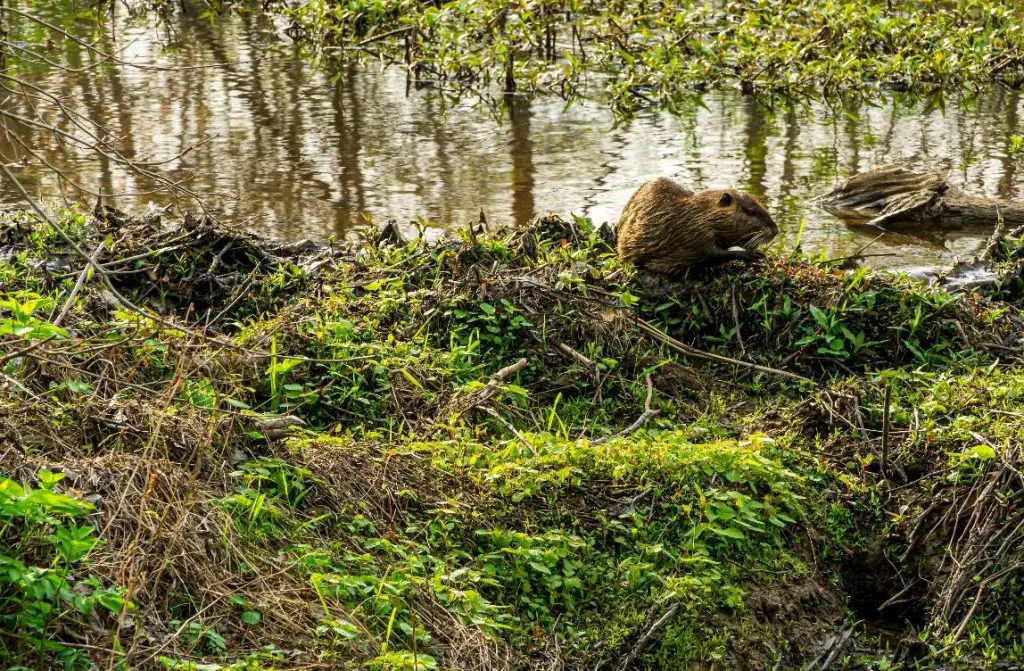
Can Beavers Jump?
The beaver’s hind legs cannot be lifted off the ground to a sufficient height for it to jump. The animal may be able to do some small shuffles or hops, but it cannot jump or spring into the air.
The most likely scenario is that you will see the beaver hop into the water, giving the impression that it jumped. Beavers are more successful in water than on land, so there is no reason for them to jump when they are in water. Beavers are distinguished from other rodents in that their hind legs are equipped with webbed feet, while the paws of their front legs are fashioned to look like hands and are armed with sharp claws.
Why beavers aren’t good at jumping or climbing?
The beaver is not very good at jumping or climbing due to the structure of its hind legs, But these creatures can’t climb or jump because of more than just the fact that they don’t have legs. If you were to examine a beaver’s body, you would notice that the majority of the animal’s mass is concentrated toward the base of its trunk.
Beavers are classified as semiaquatic mammals. They have an extremely bottom-heavy build, which makes it challenging for them to climb trees or fences. The average weight of a beaver is between 24 and 70 pounds, which means that beavers are not exactly featherweights. Their lower extremities carry a significant portion of that weight. The upper body of a beaver is not powerful enough to haul the weight of the lower body for an extended period. These creatures don’t put much effort into their movements because they don’t particularly care to.
Climbing is made more difficult by webbed feet
Beavers have feet that are similar to webbed feet on their hind legs, which makes it simpler for them to navigate their environment while swimming. A beaver’s weight doesn’t stop it from swimming, which is how it gets around in its natural environment. Climbing is made considerably more difficult by the presence of webbed feet. The pointed claws on a beaver’s front paws can easily penetrate the bark of a tree, but the animal’s hind legs are not adapted to allow it to climb trees or hold onto branches. There is simply not enough strength in the front legs for them to carry out all of the work.

Do beavers go in trees?
No, beavers are unable to climb trees due to their hind legs. The vast majority of beavers choose to make their homes in the woods. They have the tools necessary to harvest them and incorporate them into their lodges, dams, and diets. However, the only edible part of the tree is the inner bark, which is called the cambium layer. This is something that many people find frustrating.
Do beavers climb fences?
Because beavers are not very good climbers, the fence only needs to be between three and four feet high. It is important to avoid wrapping trees too tightly because they require space to expand.
Is Killing Beavers Necessary If They Can Climb or Jump into Trees?
The legal status of killing beavers varies across different jurisdictions. While beavers are capable of climbing or jumping into trees, this behavior does not negate the necessity of killing them in certain situations. Local laws and regulations determine whether killing beavers is permitted, often considering factors such as ecological balance, habitat protection, and potential damage to infrastructure.
Four Reasons Beavers Cut Down Trees
Beavers have a variety of motivations for their laborious felling of trees, the most important of which are outlined below.
- Beavers Cut Down Trees For Food
Beavers are herbivores. This indicates that beavers consume nothing but plant-based foods. Beavers will eat just about anything, including aquatic plants, tree leaves, and even the wood itself, if they can get their teeth into it. It’s kind of ironic that the material they use to construct is also their favorite kind of food. Beavers are unable to climb trees, so they must cut them down instead. Therefore, in order for them to get to those verdant leaves, they have to bring the crown of the tree down to where they are standing. At this point, a beaver may choose to either consume more food or begin chopping up branches, twigs, and other parts of the tree in order to construct a dam or a lodge.

- Beavers cut down trees for wood to build homes
It’s possible that this is the most obvious reason, the one that you were anticipating finding out about. It’s true that beavers require a lot of wood for their homes. Because of the significant impact that their lodges can have on the surrounding ecosystem, beavers are often referred to as “ecosystem engineers.” Because these creatures are nocturnal and construct these structures at night, they give the impression that they are sneaky creatures.
Because they construct their lodges with the intention of hunkering down for the winter, the water levels are required to be at least two feet deep, but ideally, they are higher. If beavers construct their lodge in water that is too shallow, the lower portion of their home, which includes the entrances that are located underwater, may become frozen over during the winter months.

- Cutting down trees provides beavers with protection
Beavers construct their own dams and lodges, and while these structures typically have more than one entrance, the vast majority of these openings can be found submerged in water. Therefore, natural enemies such as bobcats, coyotes, and foxes, as well as great-horned owls, are unable to enter.
It is even capable of preventing otters from entering certain areas. The majority of people don’t realize that beavers’ dams are designed to be significantly more functional than they actually are because they combine aesthetics and security into a single design that is robust and foolproof. Additionally, it enables them to maintain social relationships with other beavers.
Beavers are equipped with powerful lungs and the ability to swim quickly, allowing them to quickly return to their lodge in the event that they sense danger. In a similar vein, if something were to take place within the lodge, a beaver would be able to quickly and easily flee from its home. Dams and lodges are built for easy access by beavers and defense against any predators.
The beaver is well-known for its ability to warn of impending danger by slapping its tail against the surface of the water. Similarly, dams are notorious for being the cherished homes and protectors of species, and with good reason. This protects beavers from more than just predators; it also helps them find shelter from the weather.

In the winter, when temperatures drop to freezing or lower, or even lower, beavers have a safe haven underneath the surface of the water. Even though the water may be chilly, the beaver’s ability to store food over the course of the summer and fall months has helped them get thoroughly ready for a situation such as this. Storms, ice, and other elements that are present outside do not have nearly the same impact on the inhabitants of the lodges as they would have if these animals were required to live out in the open air.
- Beavers Cut Down Trees To Provide Sustenance for Winter
Because they do not hibernate, beavers require protection from harsh winter months when both the ground and the water are frozen solid.
Beavers will consume significantly more bark than they would during other times of the year in order to put on weight in preparation for the chilly and protracted winter months.
Even during times when they are not trying to put on weight, beavers get the vast majority of their nutrition from the material found in trees; the only other food they consume is the aquatic vegetation that they discover while foraging.

